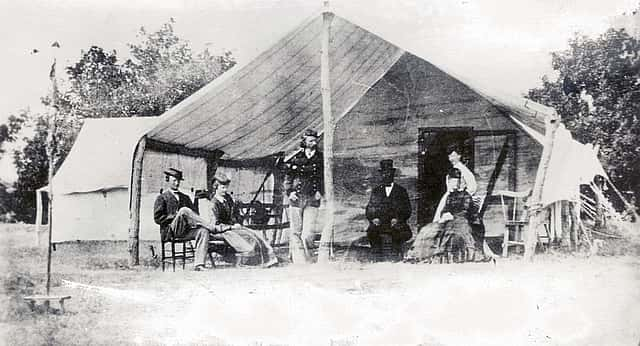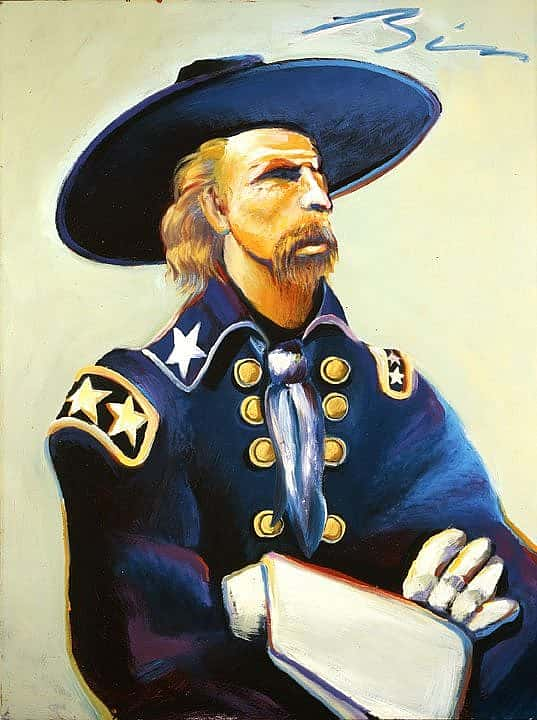
Exhibit Explores George Custer’s Life Before His Last Stand
George Custer is most famous for the battle he did not survive: The Battle of the Little Bighorn. Popularly known as “Custer’s Last Stand,” it took place in Montana Territory against a coalition of Native American tribes.
But a new exhibition at the Buffalo Bill Center of the West portrays Custer and his wife, Libby’s, personal possessions in an effort to create a picture not focused on his last battle. Wyoming Public Radio’s Kamila Kudelska speaks with Jeremy Johnston, the curator of the Buffalo Bill Museum, during the installation of the exhibit about his Civil War career, his time out West and how vital his wife, Libby, was to saving his memory.
Written By
Kamila Kudelska
Kamila Kudelska was the multimedia journalist for the Center and for Wyoming Public Media. In that role she told the hidden stories of all five museums and reported on the news of northwest Wyoming. Kamila has worked as a public radio reporter in California, Poland and New York. She enjoys skiing (both downhill and crosscountry) and loves to read. Since has since taken on a larger role with Wyoming Pubic Media.

